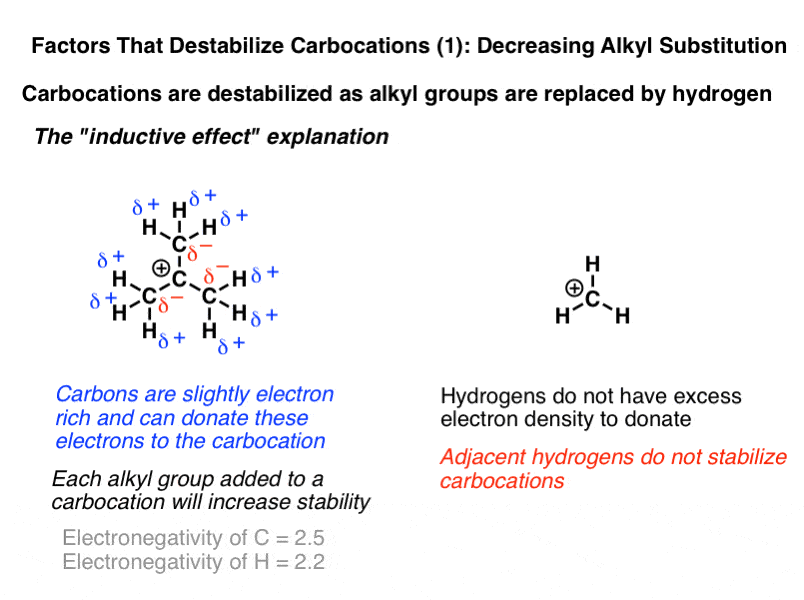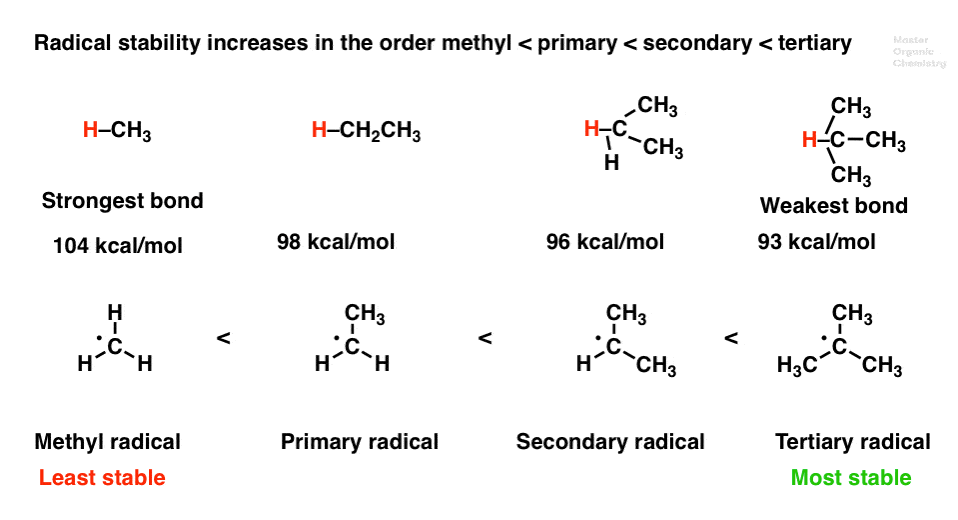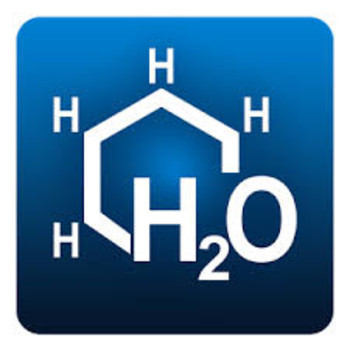Why Is The Vinyl Radical Unstable

Vinyl carbocation is unstable.
Why is the vinyl radical unstable. Radicals increase in stability in. A vinyl cation is a positively charged molecule a cation where the positive charge is located on a vinyl group ch ch2. The instability derives from the inability of that p orbital to overlap with the the sp2 orbitals of the carbon on the other end of the double bond. If a radical mechanism is operative in a gi ven reaction and if an alkene pi bond is present in the molecule an intramolecular radical addition reaction may be observed.
The fluoromethyl radical you cite is indeed less stable than the corresponding methyl radical but this is because the shape of the radical goes from planar ish to more pyramidal meaning that the radical is more sigma in character than pi. If the carbon with the double bond has a radical it is unstable if a methyl substituent of the vinyl has the radical it is stable due to conjugation resonance. The hybridization of a vinyl carbocation is sp hybirdized. The instability of a vinyl cation cannot be blamed on its sp2 orbital being very electronegative as the positive charge resides in a p orbital not an sp2 orbital.
A free radical has an unpaired electron that has the highest energy among all bonding and non bonding electrons in a molecule. When you combine the lumo of an ewg with the somo of a radical you get a lowering of the somo energy and therefore stabilisation. Radical probes carbon centered radicals as well as many other types of radicals show a propensity for addition to carbon carbon pi bonds. This is usually due to steric factors the reactive free radical center is surrounded by bulky groups and just not sterically accessible for reaction or electronic factors some free radicals exist in very large delocalized systems hence the spin density at any one atom in the system is so small that reaction is unlikely.
The vinyl cations are less stable due to the difference in hybridization of the carbon bearing. Conclusion the configurational stability of a vinyl anion can be understood from the relative instability of intermediate 7 in its inversion process whereas the corresponding intermediate in the inversion of a vinyl radical 10 is relatively more stable leading to a lower energy barrier to inversion.


















